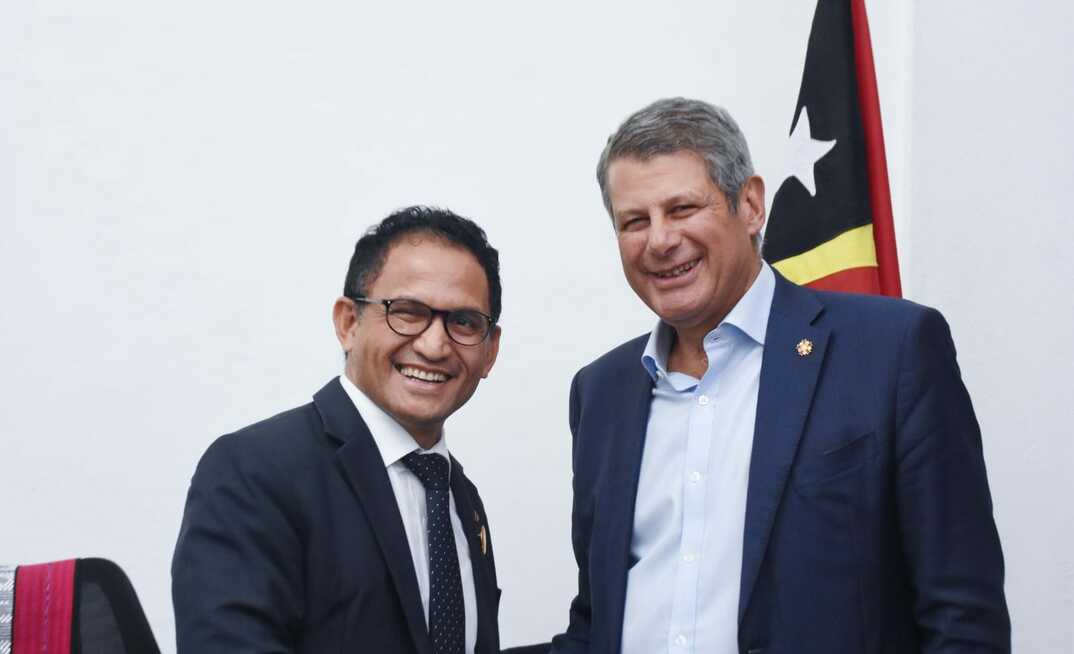In a significant development, the worldwide consultancy and engineering firm Wood Group has been chosen to conduct a feasibility study for a multibillion-dollar gas-processing plant in East Timor. This plant, partially owned by Woodside, will be the focal point of the long-awaited Greater Sunrise Project (GSP). This is a major step forward for the project, which has been in the planning phase for the past 15 years.
On Tuesday, Steve Bracks, the Australian government's representative for GSP, made the announcement. He was accompanied by Xanana Gusmão, the Prime Minister, and Francisco da Costa Monteiro, the Minister of Petroleum and Mineral Resources of Timor-Leste (MRPM).
According to Bracks, the contract for the development study was awarded to Wood following deliberations involving key stakeholders, including the MRPM, the ANP TIMOR LESTE, and the Sunrise Joint Venture (SJV), comprised of TIMOR GAP, E.P., Woodside Energy, Osaka Gas Co., Ltd. These discussions have been ongoing monthly since October 2023.
Wood's selection by the joint venture partners, with the endorsement of both the Dili and Canberra governments, signifies a significant step forward.
YOU MIGHT ALSO LIKE
The final report, which will be completed this year, is expected to provide valuable insights to the East Timor government and joint venture partners. It will cover technical, economic, and other considerations.
The move away from Australia
The ease of obtaining approvals for gas projects in East Timor, in contrast to the mounting challenges in Australia, has played a pivotal role in revitalising plans for the project. This disparity in regulatory environments has notably motivated Woodside and its partners to explore opportunities outside of Australia.
Woodside's change in attitude is far removed from its previous stance, where the Australian oil and gas giant insisted on processing in Darwin. Its change of heart comes when offshore gas projects in Australian waters face difficulties compounded by strict regulatory requirements.
Antonio de Sousa, CEO of Timor GAP, has praised Timor-Leste's project planning and environmental approval processes as beneficial, comparing them to Australia's regulatory landscape.
According to de Sousa's announcement, stakeholders have discussed the project monthly since October.
"Technical discussions will continue in the Municipality of Baucau at a later date," de Sousa said during the announcement," he said.
The GSP is an energy project that could provide a significant energy source for Asia's energy-short markets. The project is estimated to hold 5.3 trillion cubic feet of gas, and it can help alleviate the global gas shortage while also providing a much-needed revenue stream for East Timor's economy.
The upcoming technical discussions in the Municipality of Baucau signal a continued push to realise the project's full potential.
Wood and Woodside have been contacted for comment.
























